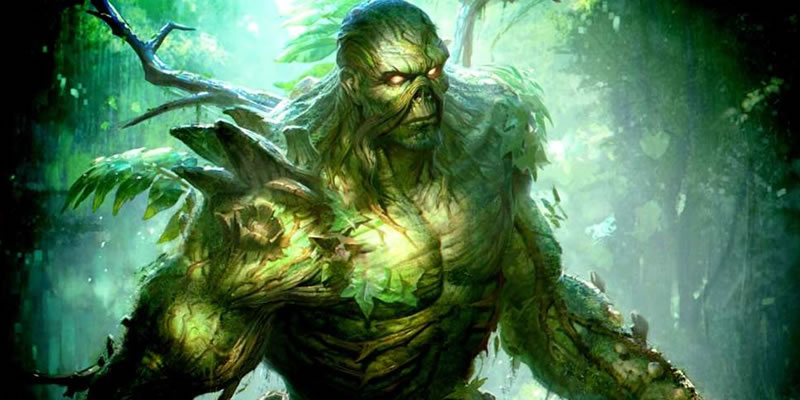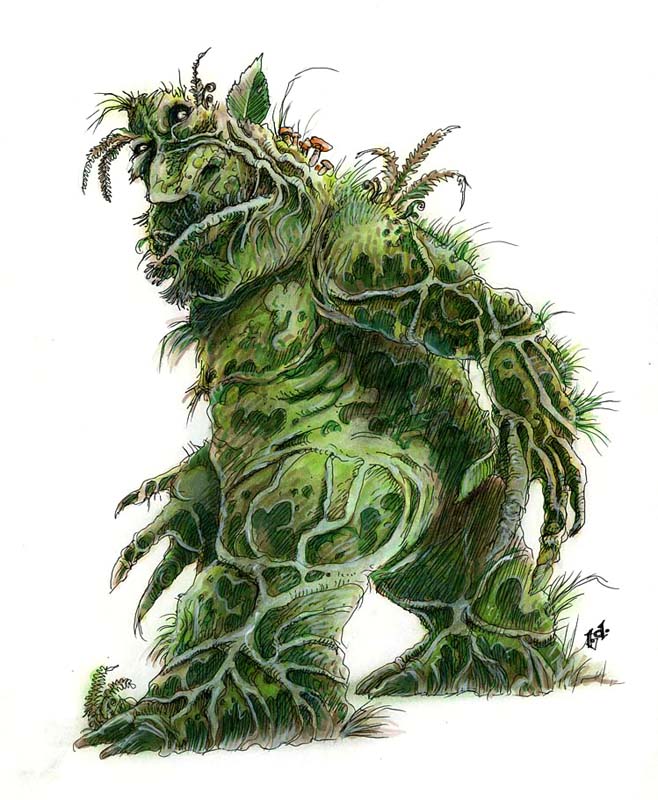The Shambling Mound in Dungeons and Dragons made it’s first appearance in 1975. It was mentioned in Strategic Review #3. It appears in every edition afterwords with the exception of Basic.
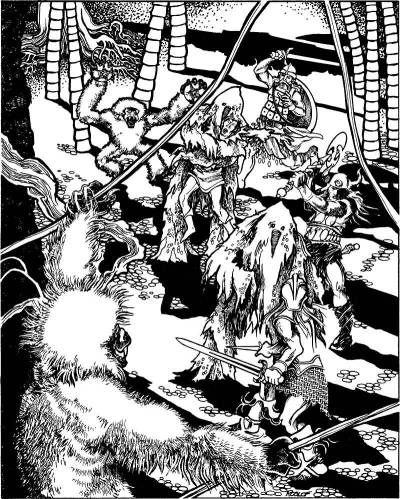
The Appearance of the Shambling Mound in Dungeons and Dragons
The Shambling Mound appears only as a heap of vegetation. However this vegetation is moving! It is actually an intelligent form of vegetable life. It is usually between six foot and nine feet tall. It may have up to a six foot girth on it’s lower half tapering to about two feet at the “head.”
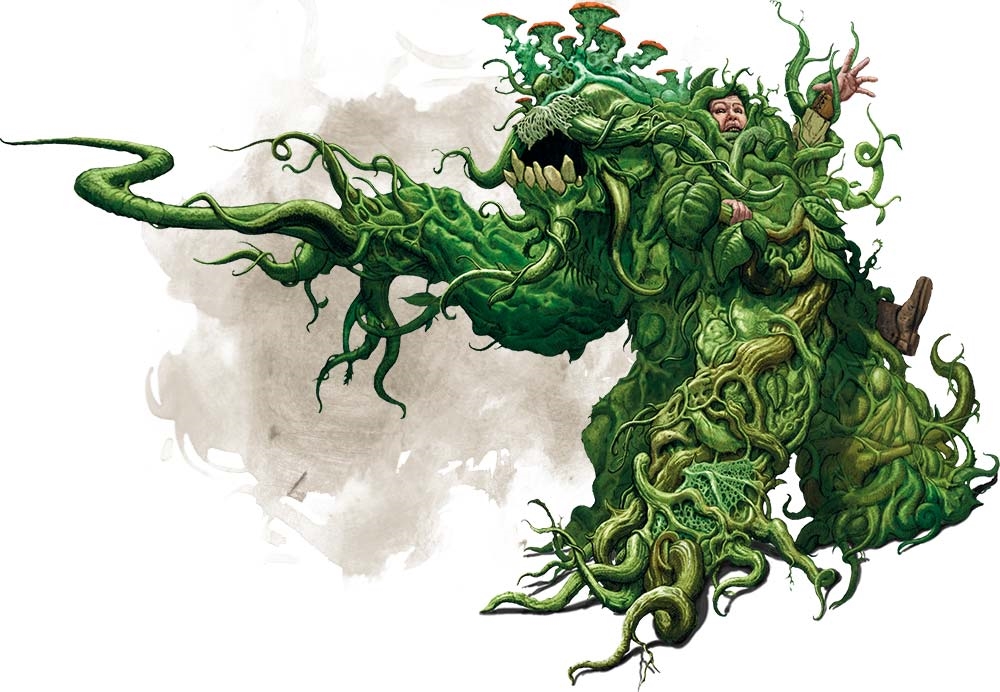
Where the Shambling Mound in Dungeons and Dragons can be found
They are commonly found in dismal marshes. But they can be found anywhere in wet subterranean places. They are generally solitary beasts. They prefer places with a constant food source. They are sometimes found in and around abandoned ruins and gold mines.
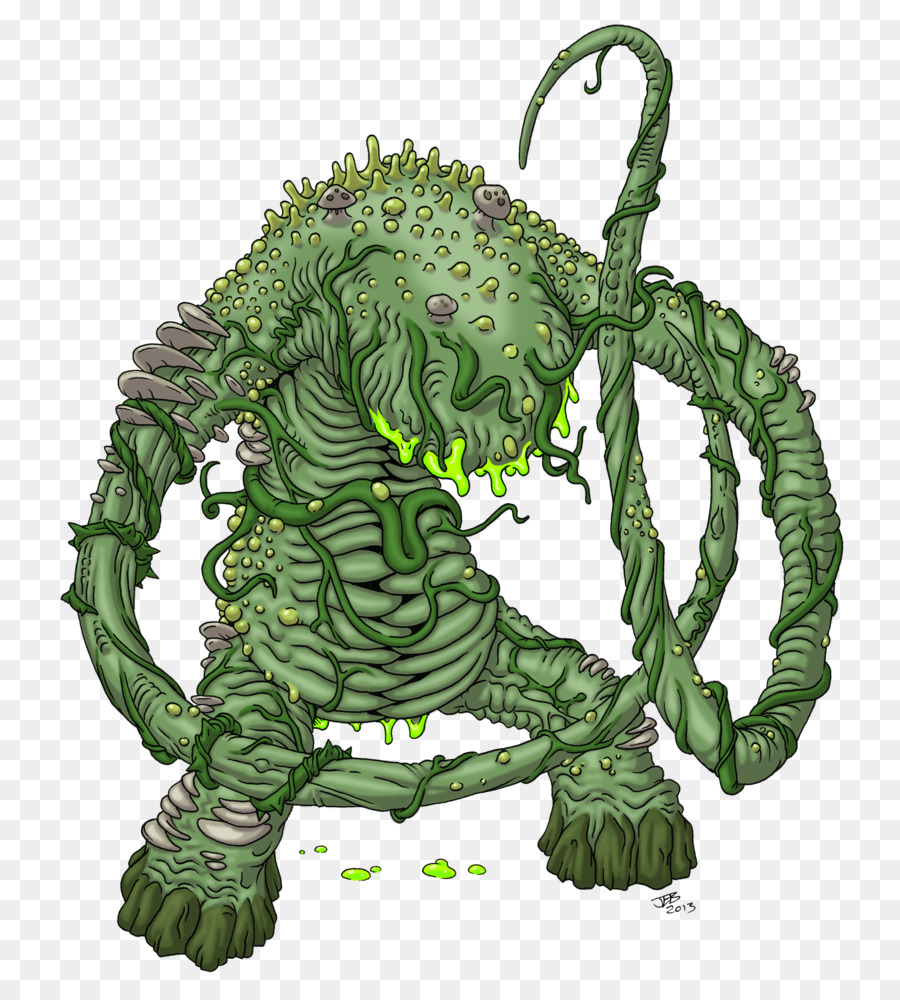
Meeting a Shambling Mound can be sudden and fatal
These creatures move almost silently and are nearly invisible in their natural environment. This makes them quite dangerous to those who unaware of their presence. These creatures often hide in a shallow bog and wait in ambush for anyone who might walk close.
The Shambling Mound has two enormous and powerful appendages. These appendages are similar to arms. Should both of these “arms” hit the same victim in the same round the creature will begin smothering the target.
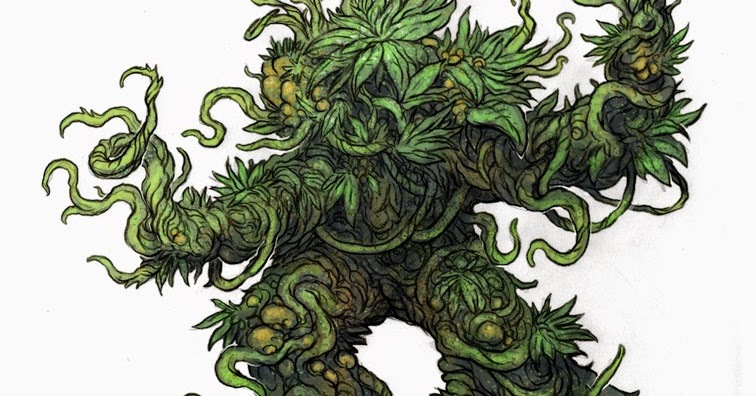
Defenses of the Shambling Mound in Dungeons and Dragons
These are sturdy creatures. They have quite a few hit points. And they have certain resistances that make them difficult to kill. In First and Second Edition the Shambling Mound was immune to blunt weapons. Slashing and piercing weapons did only one half damage. These resistances did not carry over into the later editions and is totally gone by Fifth.
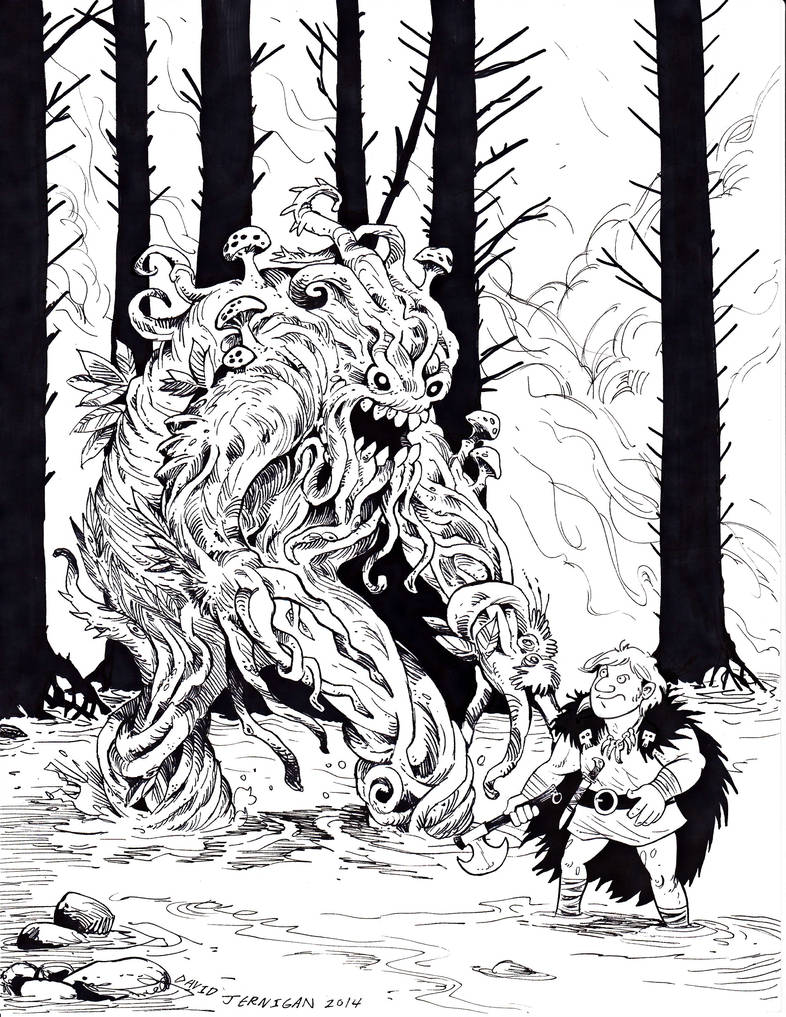
Should lightning be used against the Shambling Mound it will regain hit points in 5th Edition. In 1st and 2nd Edition the creature will actually gain another hit dice and become that much stronger. It has immunity to fire and cold in 5th Edition. In 1st and 2nd Edition it has immunity to fire and a saving throw may cause it to take no damage at all from cold (half damage otherwise). As lightning can cause the creature to grow it is entirely possible that there are Shambling Mounds roaming around with up to twenty hit dice.
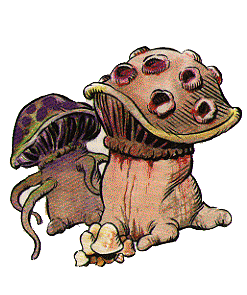
Just how “intelligent” is a Shambling Mound?
Not very. They are vegetable matter with limited intelligence. They wander in search of food sources. One of their favorite foods is the Shrieker. They are often found in the vicinity of such creatures.
The brain of the Shambling Mound is in the center of it’s body. Cutting off limbs or a head will have little effect upon it. A new arm or extremity will reform in only a short time. It’s thick fibrous layers makes penetration of weapons very unlikely to strike the brain of the Shambling Mound.
Weaknesses of the Shambling Mound in Dungeons and Dragons
These creatures might sound invincible. But they are not. They are, however, quite formidable. But spells which affect other plant life will likely also affect the Shambling Mound. A party with a Druid in the mix might have a distinct advantage against these creatures. Charm plant and plant control are two effective spells against them.
They are not especially fast creatures and can be outrun by many potential opponents.
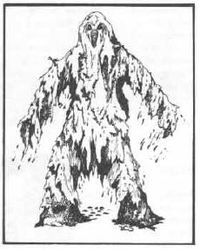
The Shambling Mound lives to eat
They can eat any organic material. And they will if they get the chance to do so. Places where the Shambling Mound reside are often devoid of other life of all kinds. Their ability to blend in with other vegetation makes them effective hunters. They are often unseen up to the point where the mound begins it’s attack.
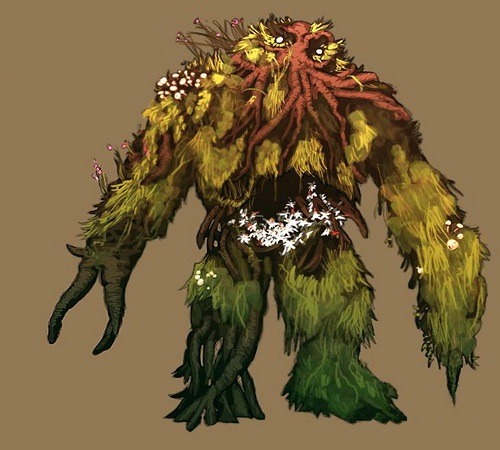
Tactics for the Shambling Mound and the Dungeon Master playing the role
These creatures are not fast. So it is unlikely that they will pursue victims with the intent to catch them. They might wander into potential enemies. But more likely they will choose to set an ambush. Yes the creature is not particularly intelligent. But they are not totally unintelligent. They have instincts. And their instincts are to use their attributes to the best effect. As they can easily blend with other plant life…..it is easy for them to hide in ambush in areas thick with vegetation. Why chase others when the victims can come to it?
The creature actually likes lightning. Lightning makes it stronger. So when lightning is used on the field of battle the creature will immediately seek more of it. It will go straight to the source of lighting in order to get stronger.
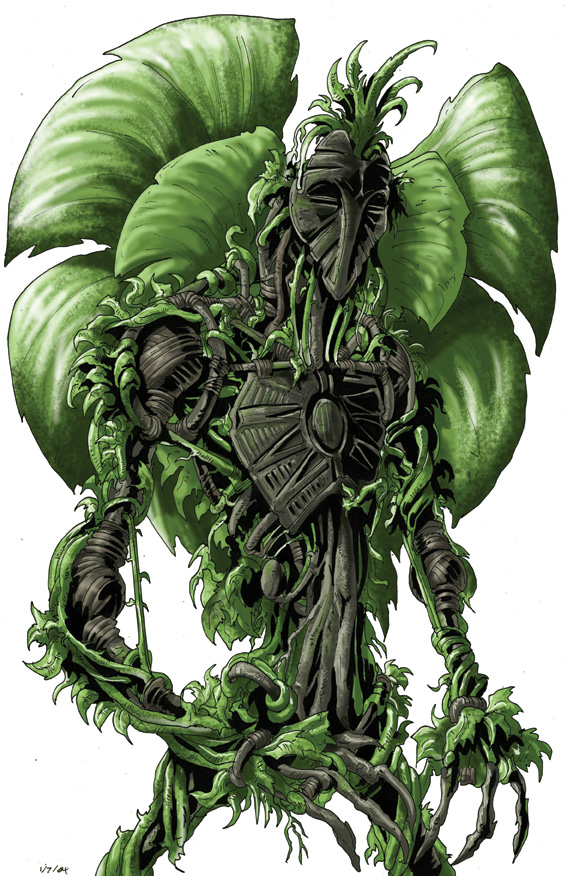
Shambling Mounds in Dungeons and Dragons are an old school classic
Yet it exists in just about all of the editions. Fifth Edition has made modifications to the creature to give it further resistances and abilities. This makes it even more dangerous in that edition. Regardless of the edition that you play…you do not want to meet one of these creatures in the dark areas of the dungeon.
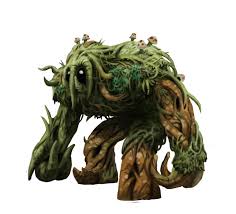
If you enjoyed this article then you might enjoy these:
